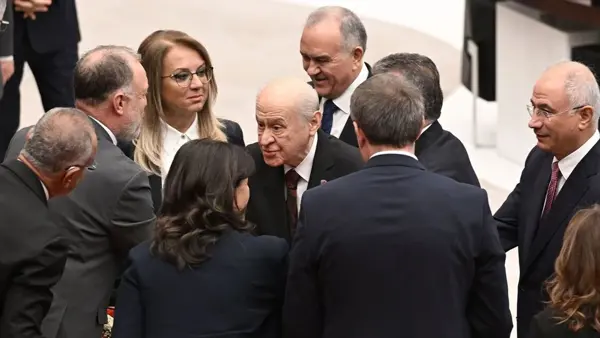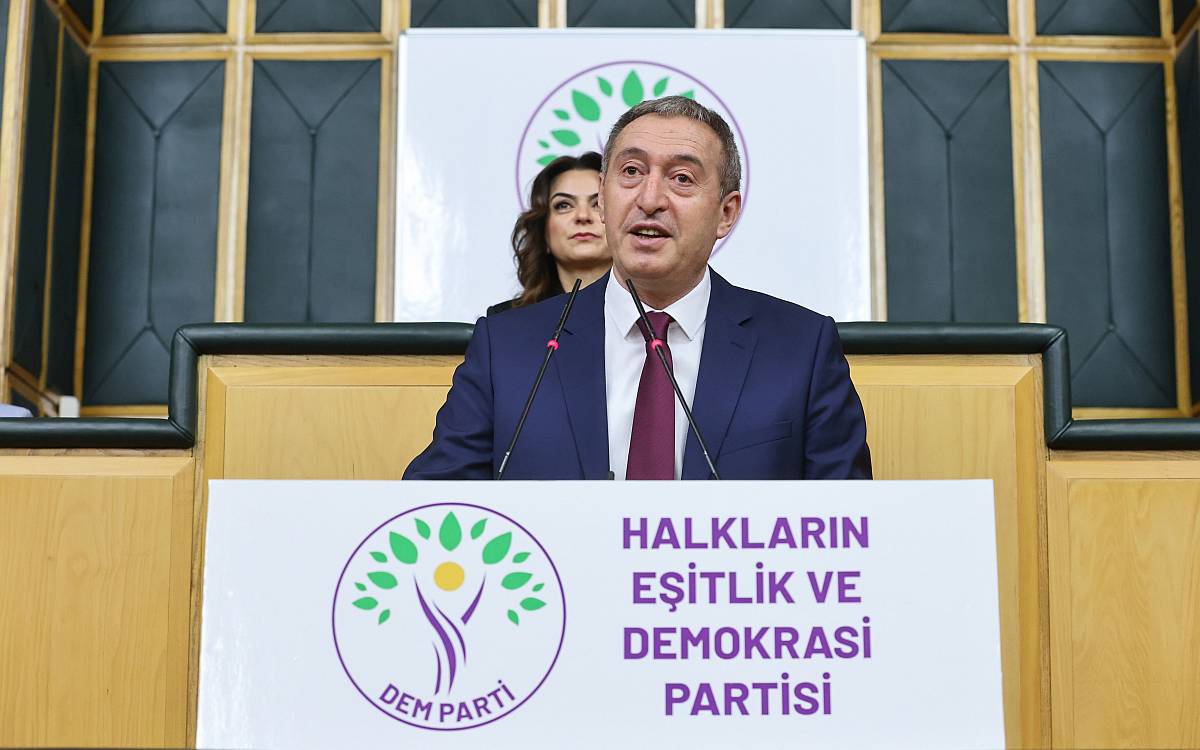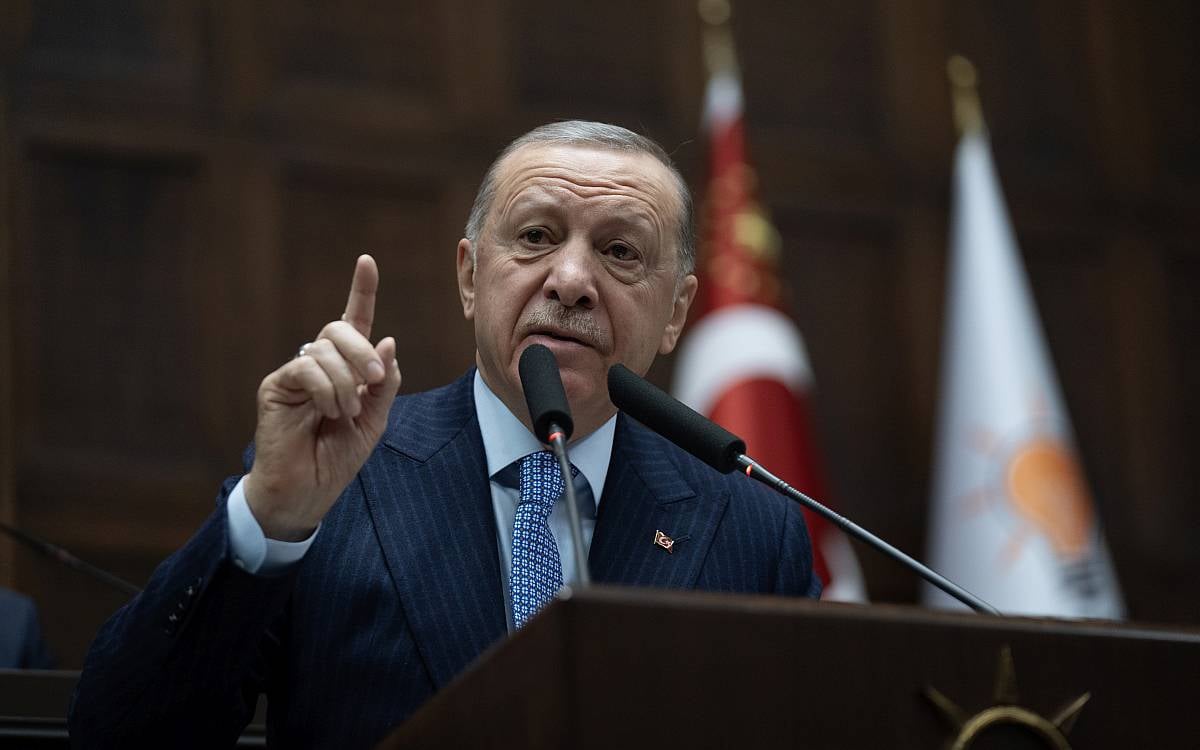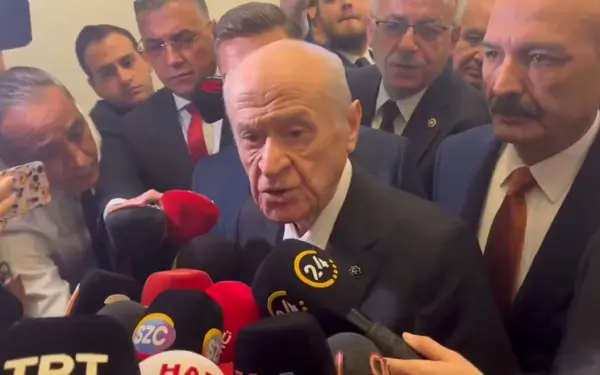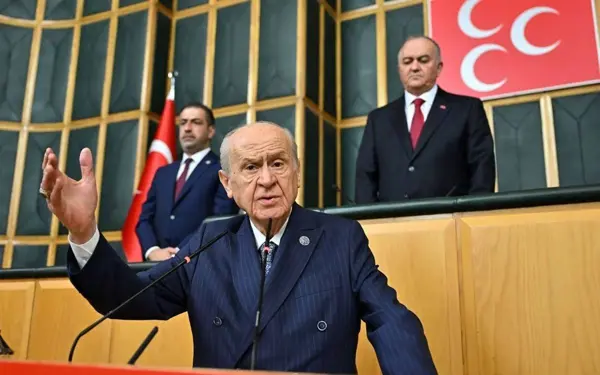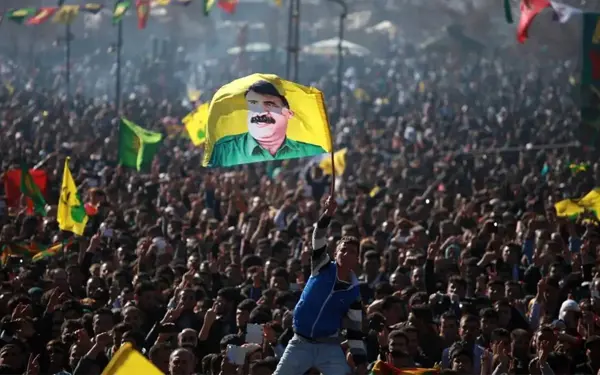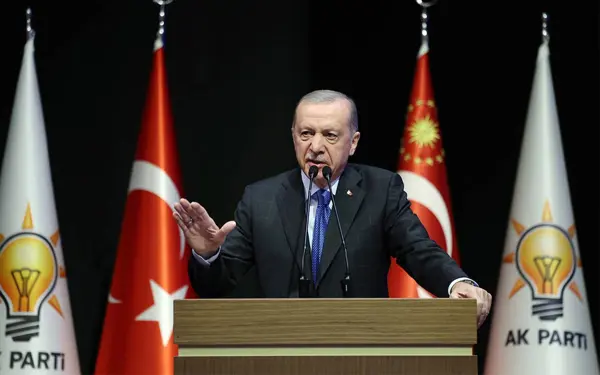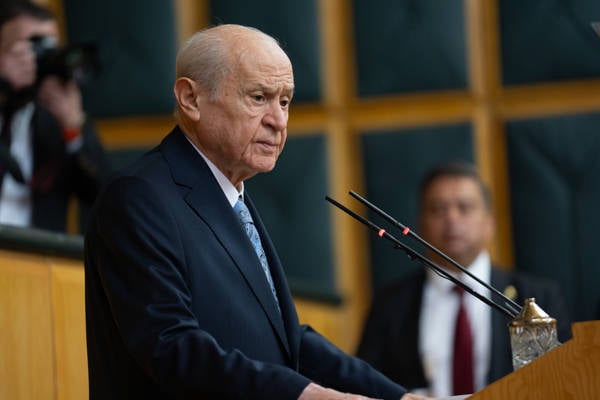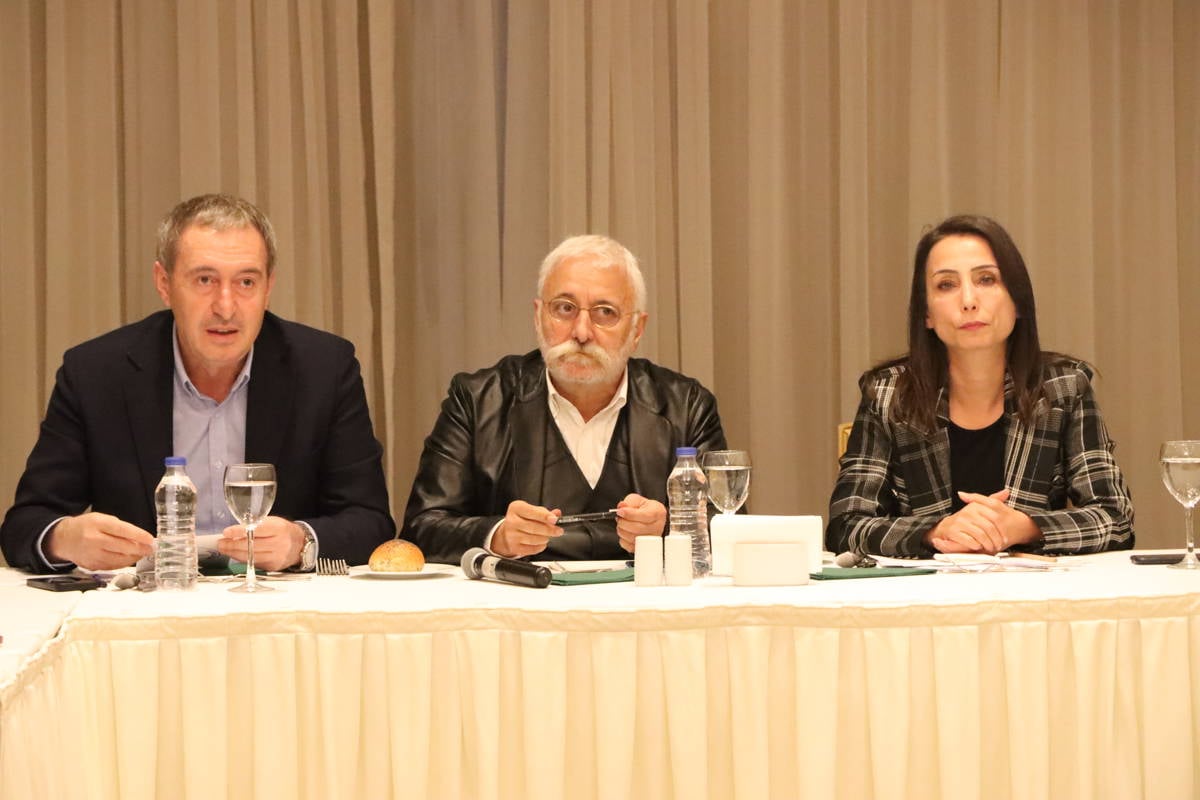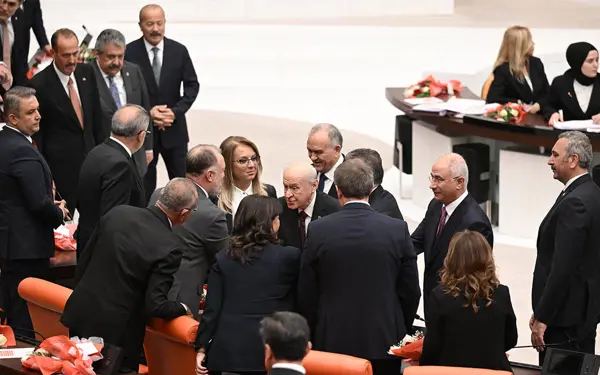Öcalan's message: İmralı Island, possibilities, opportunities

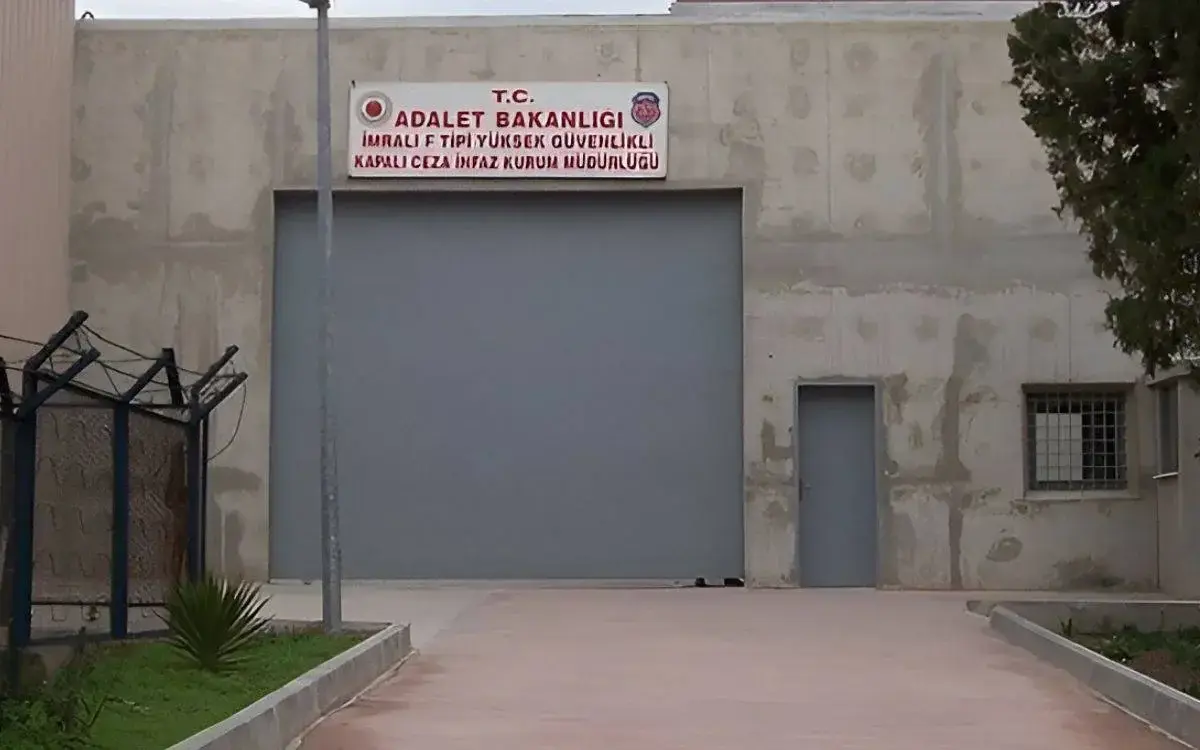
Events are unfolding rapidly. The latest critical turn in this high-speed series of developments is the visit of DEM Party Deputy Ömer Öcalan to İmralı Island Prison, where he met with Mr. Abdullah Öcalan.
The public has long been curious to hear Abdullah Öcalan’s perspectives on several major issues, especially regarding the 44-month-long strict isolation imposed on him.
Ömer Öcalan made a brief statement to the public via his official Twitter account.
The statement reads, “Isolation continues. Should conditions emerge, I hold the theoretical and practical strength to shift this process from a ground of conflict and violence to a legal and political ground.”
I find this statement incredibly potent, drawing its strength from its ability to distill a complex matter into simple terms.
I believe it should be widely discussed, and such dialogue would be beneficial.
This statement can be divided into five parts.
We can briefly discuss these parts and what they signify.
1) “Isolation continues…”
This phrase provides an “assessment of the current situation.” In other words, this is the reality right now. The truth is that the isolation persists. Isolation here is not just about denying family or legal visits; it encompasses being cut off from the outside world. Communication, by definition, requires at least two sources, with both parties needing to fully understand and respond to the message for it to be considered actual communication. If a breakdown occurs, we are left with noise, not communication. Öcalan does not seek noise but a dialogue partner. He seeks a channel to convey his thoughts. Isolation’s continuation implies other things as well. For example, it means the disregard for legal procedures. For example, it means the lack of an environment conducive to work.
2) “Should conditions emerge”
After identifying the current situation, we move to the phase of “choosing an approach to the current situation.”
Establishing conditions is, above all, a matter of seriousness. It involves legal mechanisms and, most critically, relies on assurances rather than mere promises. It concerns mechanisms that will contribute positively to the process and, no matter the circumstances, maintain it sustainably.
Öcalan is expressing his willingness, saying, “I am here.” Now, the choice rests with the state. The state must make its decision. This phase, I believe, is the most crucial for the state. Has the state made its decision? Since Oct 1, developments have unfolded in vague language, making it difficult to say definitively that a decision has been made.
A reminder here would be timely. During the 2013-15 peace process efforts, Öcalan emphasized that the foundation of the conditions that were to be established should be “ethical.” Another important point is ensuring the public majority is engaged in the process. Convincing groups that oppose even the discussion of peace and resolution with staunch intolerance is also vital. (Ultimately, they may remain unconvinced, but this should not hinder progress.)
In short, as Steve Biko once said in a different context, “It's not a question of whether people are ready or not. It's a question of whether people should be made ready or not.”
By and large, the public hopes for the establishment of conditions, a decision, and, most importantly, an ethical foundation for such conditions.
3) “Moving the process away from conflict and violence”
The third stage represents the “transition from choice to decision.”
If the state chooses to pursue change, specifically in resolving the Kurdish issue, the situation shifts into the realm of decision-making.
Conflict and violence have been among the most painful aspects of the past century, and this stage is likely to be the most critical and challenging. This is the arena where strategic decisions, media influence, and political will must be tested to their fullest.
Ending violence involves more than just silencing weapons; it also requires a cessation of verbal, symbolic, and all other forms of violence.
Conflict is not a one-sided phenomenon, nor can it be reduced solely to arms. Cultural and social conflicts often leave greater scars than weapons. Exiting the conflict framework requires mutual consent, but above all, it requires the state to set aside its overarching “security” concerns in its approach to the Kurdish issue. Reaching an agreement is paramount here, as it entails a mutual understanding, compromise, and cooperation between both sides.
4) “Shifting to a legal and political ground…”
This phase marks the “transition from decision to action.” Every action brings responsibility. The goal here is to formalize the process. Moving beyond hopes and aspirations to a legally grounded process is essential. Formalizing the process in a legal framework, with parliament as the key institution, is vital for restoring stability to the dynamics involved. Parliament should play a leadership role here. Political parties, especially the main opposition, social groups, and structures must support this political ground and ensure security for all through a legal framework. That’s the purpose of law.
This framework also serves as the foundation for implementing the actions in practice.
5) The function of theoretical and practical strength
This final stage is the “transition from action to practice.”
Certainly, any developments within a legal framework are practical by nature. However, this practice takes on a different dimension here.
Since 1993, Öcalan has declared unilateral ceasefires multiple times, crafted numerous roadmaps, and issued calls for peace. He has taken concrete steps, all of which ultimately failed. Appeals for negotiation have gone unanswered. Öcalan says he has sufficient knowledge and efforts addressing the concrete obstacles and obstructive parameters in resolving the Kurdish issue. For the Kurdish Political Movement, turning theory into practice—regardless of outcomes—is not an unknown territory. Much practical work has already been done.
Possessing both theoretical and practical strength is undoubtedly a significant advantage. This also means having the power to influence and guide the process. Öcalan asserts that he has a political resolution framework and vision, a capacity to act and transform. Whether the state has a similar capability remains uncertain.
***
To summarize the above stages, here is a schematic outline of the process:
1. Isolation continues ➔ Assessment of the current situation
2. If conditions permit ➔ Choosing an approach to the current situation
3. Moving away from conflict and violence ➔ Transition from choice to decision
4. Shifting to a legal and political framework ➔ Transition from decision to action
5. The function of theoretical and practical strength ➔ Transition from action to practice
(ÖA/VK)





